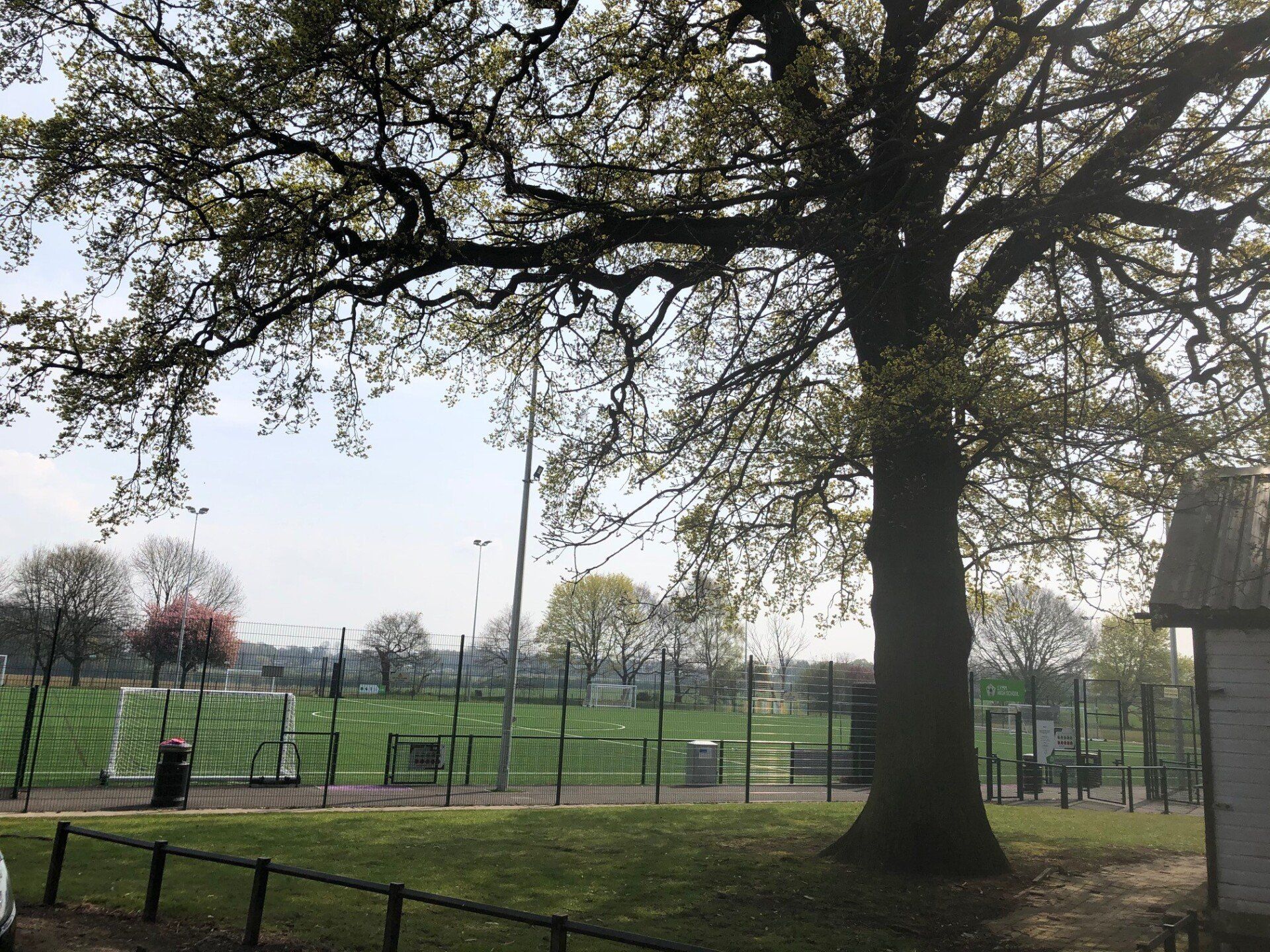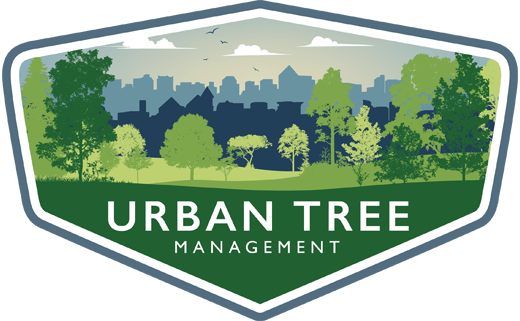Managing the risk of trees on school grounds

Trees can pose risks to students and staff on school grounds. Each year, falling trees and branches cause fatalities, with five to six deaths annually. The tragic death of Ella Henderson at Gosforth Park First School on September 25, 2020, has highlighted the importance of managing these risks effectively. To prevent such incidents, schools must take proactive measures to ensure the safety of their trees.
Key Steps for Managing Tree Risks
Conduct Regular Inspections
- Regular inspections are crucial to identifying potential hazards early and managing them appropriately. Early detection of danger signs can prevent accidents.
Maintain Trees
- Regular maintenance of trees reduces the likelihood of them becoming health and safety issues. Well-maintained trees are less prone to disease and structural problems.
Prompt Removal of Hazardous Trees
- If a tree poses an immediate risk, it should be removed as soon as possible. Quick action is essential once a threat is identified to prevent potential accidents.
Education
- Educate children about the dangers and benefits of trees. Ensure they understand the importance of not approaching trees that could be hazardous and the reasons behind these safety measures.
Conduct Regular Tree Risk Assessments
- Regular risk assessments help schools create a safety plan for their trees and prepare for worst-case scenarios. Follow these steps:
Tree Risk Assessment Process
Hazard Assessment
- A competent person should conduct the hazard assessment. This person is responsible for identifying tree locations, assessing hazards accurately, and recording findings.
Risk Assessment
- Given the high-risk nature of educational sites, risk assessments should be conducted every one to two years. This involves a careful inspection for obvious defects, particularly in the tree's crown and base. Trees identified as high or medium risk should be recorded and plotted on a site plan. Trees that appear sound during inspection do not require a documented record.
Propose Remedial Action
- Only a competent person can prescribe remedial actions. These actions should be based on the hazard and risk assessments, with proposals and priorities clearly recorded for specialists to follow.
By following these steps, schools can better manage the risks posed by trees, ensuring the safety of students and staff while maintaining the benefits that trees provide to the school environment

